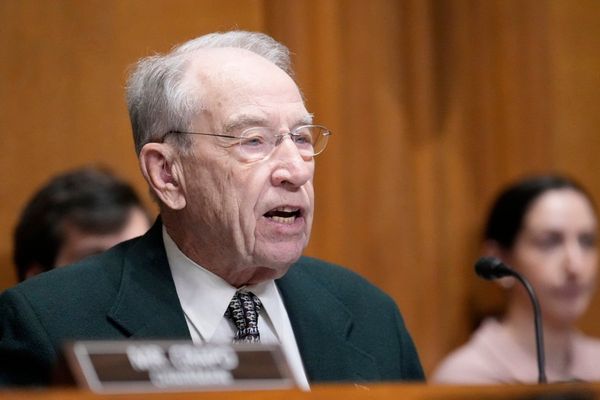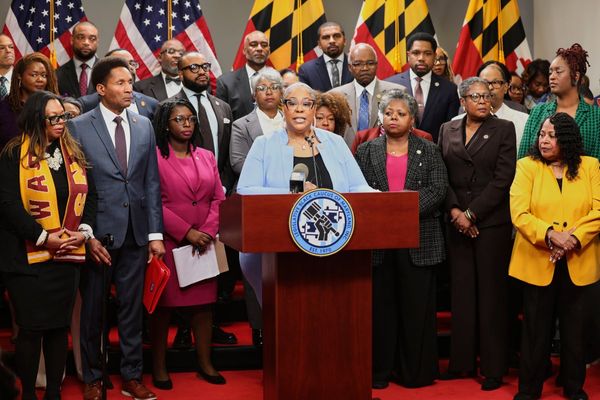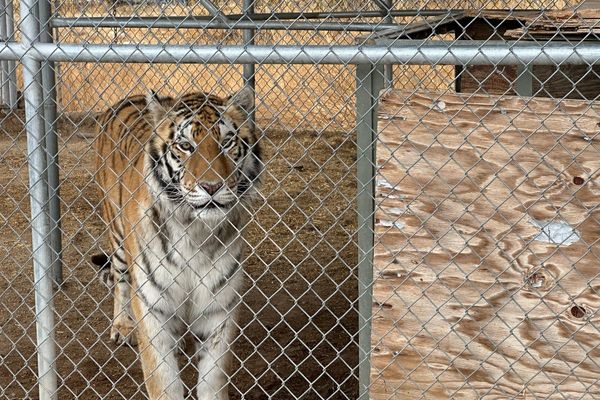Snow White and the Seven Dwarfs was a wonder of animation and cinema when it was first released by Disney in 1937. Based on the 1812 German fairy tale by the Brothers Grimm, it tells the story of a princess whose wicked step mother is intimidated by her youthful beauty. Desperate to be the “fairest of them all” the evil queen tries to have Snow White killed. Evading death, she is forced into hiding with seven dwarves.
It was Disney’s first animated feature-length film and a critical and commercial success. Snow White was also the first Disney princess.
In the decades since, Disney’s pantheon of princesses has grown. Alongside newer princess, Snow White seems pretty antiquated and uninspiring. She is a passive, innocent character who doesn’t do very much but wait around for her prince with whom she travels into the sunset at the film’s conclusion. In contrast, Moana (2016) and Elsa from Frozen (2013) are strong and independent characters who develop into thoughtful and careful leaders by the end of their stories.
So, in an age of live-action remakes of some of Disney’s most iconic films it seemed fitting to give the character who started it all an update for modern audiences. However, the production was mired in controversy before it was even released, raising questions about whether Snow White is a story that can ever really be retold in a more empowering way.
Looking for something good? Cut through the noise with a carefully curated selection of the latest releases, live events and exhibitions, straight to your inbox every fortnight, on Fridays. Sign up here.
Changing the story to move with the times is in keeping with traditions of oral folk tales. But, controversy has followed the film since it was announced. As a result, Disney scaled back their usual red carpet premieres and it has been critically panned upon release.
To many, the prospect of an updated, less romantically inclined Snow White was unthinkable. Some online commenters dubbed a Snow White story where the princess is not dreaming of true love “woke”.
There was also backlash against the choice of Rachel Zegler as Snow White because of her Colombian background. The live-action Snow White isn’t the first remake to be the source of such racism. The ire echoes the hatred which accompanied 2023’s The Little Mermaid, when black actress Halle Bailey was cast as Ariel.
There were also those who had concerns about the story, particularly the titular seven dwarves. Actor Peter Dinklage, who has a form of dwarfism, has condemned the production’s use of CGI, rather than casting dwarf actors to play Snow White’s mining companions. The story’s representation of people with dwarfism, has led some to say that the story shouldn’t be retold altogether.
However, there are some aspects of the story that could have provided interesting opportunities to explore modern issues.
For instance, it could have thoughtfully explored female ageing through the character of the evil queen. It could also, perhaps, have commented on the politics of beauty and the pressure for consumers in their teens and twenties, who have started buying beauty products at younger ages than ever before.
Like Frozen’s tale of sisters saving each other, it could have subverted the trope of the damsel in distress saved by her prince charming. Snow White could have been a strong heroine who can overcome evil on her own terms.
The story could have revised mistakes of the past and depicted different body types and people of different sizes and statures. It could also have portrayed consensual kisses by updating the kiss Snow White receives while asleep, turning it into a moment she chooses to participate in.
Unfortunately, the new Snow White does not achieve any of these, or really anything much at all. The result is a dull, pointless story with poorly rendered visuals, cheap-looking costumes and lacklustre musical numbers.
Falling short
The 1937 film was a technical marvel and remains one of Disney’s visual masterpieces. Snow White of 2025 looks like she is gallivanting through a theme park ride as she moves through the forest, bathed in permanent evening light among computer-generated woodland creatures in her garish costume.
The miners are introduced as 274-year-old magical creatures. Their appearance is neither human nor magical creature, landing somewhere uncanny in between. This is the crux of the film’s entire problem. The opportunity to update Snow White fails on every level because it does not go far enough.
The story largely remains intact, with some expansion in terms of backstory and some additional characters. The evil queen remains a one-dimensional villain obsessed with beauty.
The script plays with the word “fair”, with it taking on a confused double-meaning in the story. To the queen “fair” is beautiful, in keeping with the 1937 film, but to Snow White, “fair” means just. This is an interesting idea but it becomes muddled as the film progresses, and loses its way.
Snow White is portrayed with an expanded backstory and is certainly given more motivation than in the 1937 film. For instance, she wants to reinstate “fairness” in the kingdom, which has been under the tyrannical rule of the evil queen since Snow White’s father’s death. But as more characters are introduced to aid Snow White on her journey, these serve as distraction and buffer, preventing her from showing any real development or growth.
Prince Charming has been replaced by Jonathan, a Robin Hood-style bandit who condescendingly explains to Snow White why she has “princess problems”. He ultimately saves her by giving her true love’s kiss when she is under the queen’s spell. The issue of consent still swirls around this scene and underscores the question: is this an update at all?
In the end, the queen is ultimately defeated by collective action, compared with a lightning bolt like in 1937. This is a significant development and perhaps the clearest update in the film. In 2025, the defeat of a vain autocrat by collective action is an appealing thought. Perhaps the filmmakers could have leaned into this idea, allowed Snow White to truly become one of the people and a clear democracy could have been established. But, like every other of the film’s updates, it falls short and she remains an unelected autocrat – albeit “the fairest one of all”.
Laura O'Flanagan does not work for, consult, own shares in or receive funding from any company or organisation that would benefit from this article, and has disclosed no relevant affiliations beyond their academic appointment.
This article was originally published on The Conversation. Read the original article.







